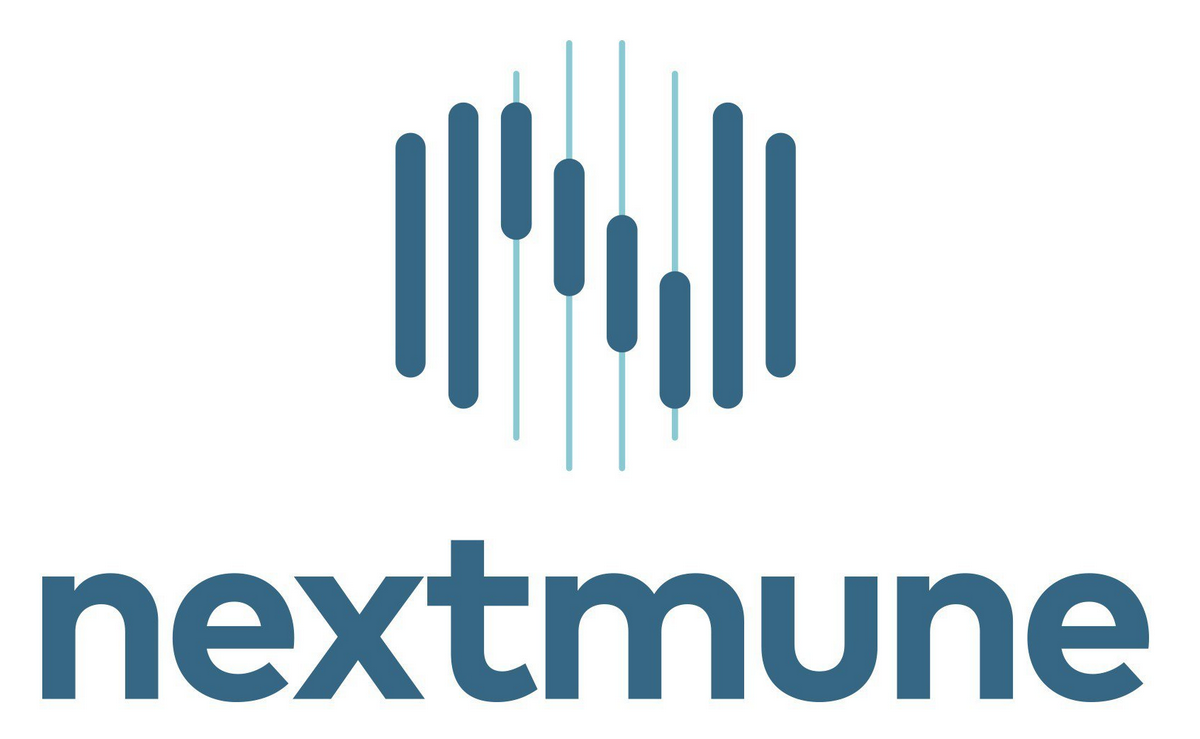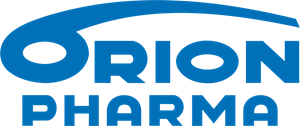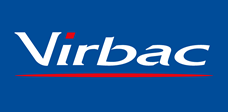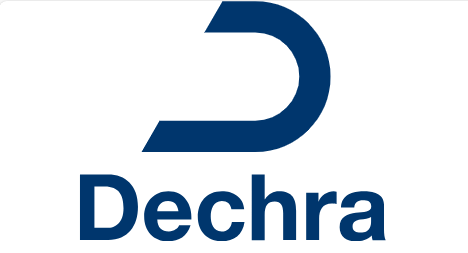Combination therapy
No results were found for your selected species
Virbagen Omega
Active substance
ATC code
Species
Dogs and cats.
Indications
Dogs:
Reduction of mortality and clinical signs of parvovirosis (enteric form) in dogs from one month of age.
Cats:
Treatment of cats infected with FeLV (Feline Leukemia Virus) and/or FIV (Feline Immunodeficiency Virus), in non-terminal clinical stages, from the age of 9 weeks. In a field study conducted, it was observed that there was:
- a reduction of clinical signs during the symptomatic phase (4 months)
- a reduction of mortality:
• in anaemic cats, mortality rate of about 60 % at 4, 6, 9 and 12 months was reduced by approximately 30 % following treatment with interferon.
• in non-anaemic cats, mortality rate of 50 % in cats infected by FeLV was reduced by 20 % following treatment with interferon. In cats infected by FIV, mortality was low (5 %) and was not influenced by the treatment.
Dose to be administered and administration route
Dogs: Intravenous use
Cats: Subcutaneous use
The freeze-dried fraction must be reconstituted with 1 ml of the specific diluent to obtain, depending on the presentation, a limpid and colourless suspension containing 5 MU or 10 MU of recombinant interferon.
Dogs:
The reconstituted product should be injected intravenously once daily for 3 consecutive days. The dose is 2.5 MU/kg bodyweight.
Cats:
The reconstituted veterinary medicinal product should be injected subcutaneously once daily for 5 consecutive days. The dose is 1 MU/kg bodyweight. Three separate 5-day treatments must be performed at day 0, day 14 and day 60.
The veterinary medicinal product should be used with the accompanying solvent only.
Adverse reactions
Dogs:
Very common (>1 animal / 10 animals treated): | Decreased white blood cells1, Decreased platelet count1, Decreased red blood cell count1, Elevated alanine aminotransferase (ALT)1 |
Common (1 to 10 animals / 100 animals treated): | Hyperthermia2,3 Lethargy2 |
1Slight, Return to normal in the week following the last injection.
2Slight and Transient.
33-6 hours after injection.
Cats:
Very common (>1 animal / 10 animals treated): | Decreased white blood cells1, Decreased platelet count1, Decreased red blood cell count1, Elevated alanine aminotransferase (ALT)1 |
Common (1 to 10 animals / 100 animals treated): | Hyperthermia2,3 Lethargy2 Digestive tract disorders (e.g. Diarrhoea, Vomiting)2 |
1Slight, Return to normal in the week following the last injection.
2Slight and Transient.
33-6 hours after injection.
Reporting adverse events is important. It allows continuous safety monitoring of a veterinary medicinal product. Reports should be sent, preferably via a veterinarian, to either the marketing authorisation holder or its local representative or the national competent authority via the national reporting system. See the package leaflet for respective contact details.
Dispensing
POM-V - Prescription Only Medicine – VeterinarianReferences
1. NAME OF THE VETERINARY MEDICINAL PRODUCT
Virbagen Omega 5 MU lyophilisate and solvent for suspension for injection for dogs and cats
Virbagen Omega 10 MU lyophilisate and solvent for suspension for injection for dogs and cats
2. QUALITATIVE AND QUANTITATIVE COMPOSITION
Each dose of 1 ml contains:
Active substance:
Lyophilisate:
5 MU presentation:
Recombinant Omega interferon of feline origin 5 MU*
10 MU presentation:
Recombinant Omega interferon of feline origin 10 MU*
*MU: Million Units
Excipients:
|
Qualitative composition of excipients and other constituents |
|
Lyophilisate: |
|
Sodium hydroxide 0.2 M |
|
Sodium chloride |
|
D-Sorbitol |
|
Purified gelatin of porcine origin |
|
Solvent: |
|
Sodium chloride |
|
Water for injections |
Lyophilisate: white colour.
Solvent: colourless liquid.
3. CLINICAL INFORMATION
3.1 Target species
Dogs and cats.
3.2 Indications for use for each target species
Dogs:
Reduction of mortality and clinical signs of parvovirosis (enteric form) in dogs from one month of age.
Cats:
Treatment of cats infected with FeLV (Feline Leukemia Virus) and/or FIV (Feline Immunodeficiency Virus), in non-terminal clinical stages, from the age of 9 weeks. In a field study conducted, it was observed that there was:
- a reduction of clinical signs during the symptomatic phase (4 months) - a reduction of mortality:
• in anaemic cats, mortality rate of about 60 % at 4, 6, 9 and 12 months was reduced by approximately 30 % following treatment with interferon.
• in non-anaemic cats, mortality rate of 50 % in cats infected by FeLV was reduced by 20 % following treatment with interferon. In cats infected by FIV, mortality was low (5 %) and was not influenced by the treatment.
3.3 Contraindications
Dogs: Vaccination during and after Virbagen Omega treatment is contraindicated, until the dog appears to have recovered.
Cats: as vaccination is contraindicated in the symptomatic phase of FeLV/FIV infections, the effect of Virbagen Omega on cat vaccination has not been evaluated.
3.4 Special warnings
No information on the induction of long-term adverse reactions is available in dog and cat, especially for autoimmune disorders. Such side effects have been described after multiple and long-term administration of type I interferon in man. The possibility of occurrence of autoimmune disorders in treated animals cannot therefore be ruled out and has to be balanced with the risk associated with FeLV/FIV infections.
Efficacy of the product on cats with a tumorous form of the infection by FeLV, or cats infected by FeLV or coinfected by FIV in terminal stages was not tested.
In the case of intravenous administration in cats, increased adverse reactions may be seen, e.g.
hyperthermia, soft faeces, anorexia, decreased drinking or collapse.
3.5 Special precautions for use
Special precautions for safe use in the target species:
Dogs and cats: it was shown that strict compliance with the recommended posology is compulsory to achieve clinical benefit.
Cats: In case of repeated treatments of chronic diseases associated with hepatic, cardiac and renal failure, the corresponding disease has to be monitored prior to administration of Virbagen Omega.
Special precautions to be taken by the person administering the veterinary medicinal product to animals:
In case of accidental self-injection, seek medical advice immediately and show the package leaflet or the label to the physician.
Special precautions for the protection of the environment:
Not applicable.
3.6 Adverse events
Dogs:
|
Very common (>1 animal / 10 animals treated): |
Decreased white blood cells1, Decreased platelet count1, Decreased red blood cell count1, Elevated alanine aminotransferase (ALT)1 |
|
Common (1 to 10 animals / 100 animals treated): |
Hyperthermia2,3 Lethargy2 |
1Slight, Return to normal in the week following the last injection.
2Slight and Transient.
33-6 hours after injection.
Cats:
|
Very common (>1 animal / 10 animals treated): |
Decreased white blood cells1, Decreased platelet count1, Decreased red blood cell count1, Elevated alanine aminotransferase (ALT)1 |
|
Common (1 to 10 animals / 100 animals treated): |
Hyperthermia2,3 Lethargy2 Digestive tract disorders (e.g. Diarrhoea, Vomiting)2 |
1Slight, Return to normal in the week following the last injection.
2Slight and Transient.
33-6 hours after injection.
Reporting adverse events is important. It allows continuous safety monitoring of a veterinary medicinal product. Reports should be sent, preferably via a veterinarian, to either the marketing authorisation holder or its local representative or the national competent authority via the national reporting system. See the package leaflet for respective contact details.
3.7 Use during pregnancy, lactation or lay
The safety of the veterinary medicinal product has not been established during pregnancy and lactation.
3.8 Interaction with other medicinal products and other forms of interaction
The use of supplementary supportive treatments improves prognosis. No interaction has been observed during the treatment with Virbagen Omega together with antibiotics, solution for rehydration, vitamins and non steroidal anti-inflammatory agents. However, as specific information on possible interactions of interferon with other products are missing, supplementary supportive treatments should be used cautiously and after a thorough risk/benefit analysis.
No information is available on the safety and efficacy of this product when used with any other vaccine. For dogs, it is recommended that no vaccines should be administered until the animal appears to have recovered. Cat vaccination during and after Virbagen Omega treatment is contraindicated as both FeLV and FIV infections are known to be immunosuppressive.
3.9 Administration routes and dosage
Dogs: Intravenous use
Cats: Subcutaneous use
The freeze-dried fraction must be reconstituted with 1 ml of the specific diluent to obtain, depending on the presentation, a limpid and colourless suspension containing 5 MU or 10 MU of recombinant interferon.
Dogs:
The reconstituted product should be injected intravenously once daily for 3 consecutive days. The dose is 2.5 MU/kg bodyweight.
Cats:
The reconstituted veterinary medicinal product should be injected subcutaneously once daily for 5 consecutive days. The dose is 1 MU/kg bodyweight. Three separate 5-day treatments must be performed at day 0, day 14 and day 60.
The veterinary medicinal product should be used with the accompanying solvent only.
3.10 Symptoms of overdose (and where applicable, emergency procedures and antidotes)
After a tenfold overdose in both dog and cat the following clinical signs have been observed:
• mild lethargy and drowsiness.
• slight increase of body temperature.
• slight increase of respiratory rate.
• slight sinus tachycardia.
These clinical signs disappear within 7 days without any particular treatment.
3.11 Special restrictions for use and special conditions for use, including restrictions on the use of antimicrobial and antiparasitic veterinary medicinal products in order to limit the risk of development of resistance
3.12 Withdrawal periods
Not applicable.
4. IMMUNOLOGICAL INFORMATION
4.1 ATCvet code: QL03AB
Omega interferon of feline origin, produced by genetic engineering, is a type Ι interferon closely related to alpha interferon.
The exact mechanism of action of interferon omega is not perfectly known, but may involve enhancement of the non-specific defence of the body, in particular in the dog against canine parvovirosis and in the cat against feline retrovirosis (FeLV, FIV). Interferon does not act directly and specifically on the pathogenic virus, but exerts its effect by inhibition of the internal synthesis mechanisms of the infected cells.
After injection it is quickly bound to specific receptors of a large variety of cells. It is mainly in cells infected by virus that the mechanism of replication is stopped both by destruction of mRNA and by inactivation of translation proteins (2'5' oligo-adenylate synthetase activation).
5. PHARMACEUTICAL PARTICULARS
5.1 Major incompatibilities
Do not mix with any other veterinary medicinal product, except solvent supplied for use with the product.
5.2 Shelf life
Shelf life of the veterinary medicinal product as packaged for sale: 2 years. Shelf life after reconstitution according to directions: use immediately.
5.3 Special precautions for storage
Store and transport refrigerated (2 °C – 8°C).
Do not freeze.
Store in the original package.
5.4 Nature and composition of immediate packaging
Lyophilisate:
Type I glass vial closed with stopper made with butyl rubber polymer coated with a fluorocarbon polymer resin.
Solvent:
Type I glass vial of 1 ml of solvent closed with butyl elastomer rubber stopper.
For the 5 MU presentation:
Cardboard box containing 5 vials of lyophilisate and 5 vials with 1 ml of solvent
For the 10 MU presentation:
Cardboard box containing 1 vial of lyophilisate and 1 vial with 1 ml of solvent
Cardboard box containing 2 vials of lyophilisate and 2 vials with 1 ml of solvent
Cardboard box containing 5 vials of lyophilisate and 5 vials with 1 ml of solvent
Not all pack sizes may be marketed.
5.5 Special precautions for the disposal of unused veterinary medicinal products or waste materials derived from the use of such products
Medicines should not be disposed of via wastewater or household waste.
Use take-back schemes for the disposal of any unused veterinary medicinal product or waste materials derived thereof in accordance with local requirements and with any national collection systems applicable to the veterinary medicinal product concerned.
6. NAME OF THE MARKETING AUTHORISATION HOLDER
VIRBAC
7. MARKETING AUTHORISATION NUMBER(S)
EU/2/01/030/001
EU/2/01/030/002
EU/2/01/030/003
EU/2/01/030/004
8. DATE OF FIRST AUTHORISATION
Date of first authorisation: 06/11/2001
9. DATE OF THE LAST REVISION OF THE SUMMARY OF THE PRODUCT CHARACTERISTICS
<{DD/MM/YYYY}>
10. CLASSIFICATION OF VETERINARY MEDICINAL PRODUCTS
Veterinary medicinal product subject to prescription.
Detailed information on this veterinary medicinal product is available in the Union Product Database (https://medicines.health.europa.eu/veterinary).
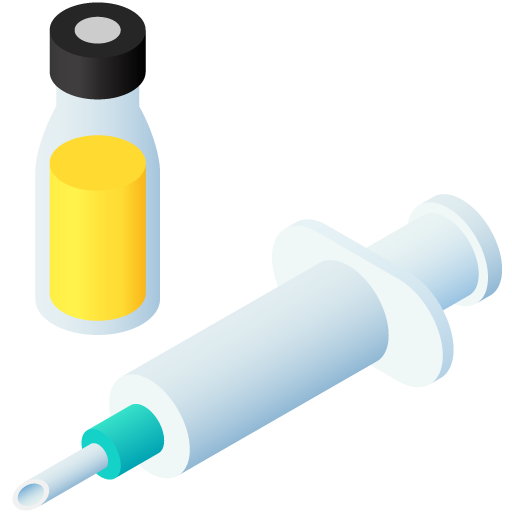
| Art. Nr. | |
|---|---|
| EAN | 3597133015850 |
 TRUSTED SOURCE
TRUSTED SOURCE
